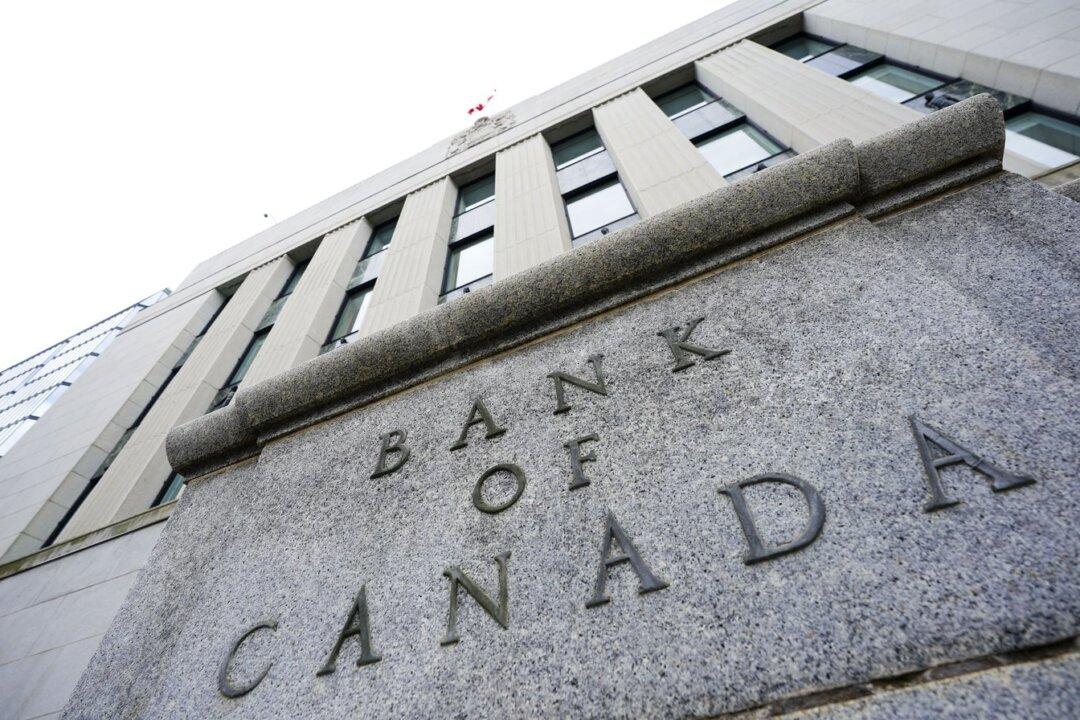Discussions at the central bank have moved from whether its key policy rate is high enough to how long it should be maintained at five percent, according to prepared remarks by Bank of Canada Gov. Tiff Macklem.
“That doesn’t mean we have ruled out further policy rate increases,” Mr. Macklem said.
The central bank could still raise rates if inflation ticks even higher, he said, but “if the economy evolves broadly in line with the projection we published today, I expect future discussions will be about how long we maintain the policy rate at 5 percent.”
The economy has been broadly slowing in line with the central bank’s expectations, an indication that further rate hikes may not be needed. But the latest readings on inflation and wage growth showed an uptick, which suggest a rate cut might be premature.
Updates on Inflation, Labour
The Bank of Canada projects inflation is set to return to its 2 percent target in 2025 but expects it to remain close to 3 percent during the first half of 2024.
“Core measures of inflation are not showing sustained declines,” according the central bank’s Jan. 24 press release.
The central bank’s monetary policy report (MPR) states that core inflation has remained elevated at 3.5 to 4 percent on a year-over-year and quarter-over-quarter basis.
Inflation ticked up in December to 3.4 percent—up from 3.1 percent in November. The Bank of Canada’s two core inflation measures—which aim to capture the underlying inflation trend by minimizing more volatile items—were still well above the Bank’s 1-to-3 percent target range in December at 3.6 percent for CPI-trim and 3.7 percent for CPI-median.
The BoC said that while higher rates cooled inflation across a wide range of goods and services, shelter services price inflation is an “important exception” because it remains elevated at approximately 7 percent.
According to the central bank, mortgage interest costs and rental price inflation have risen sharply and are currently around 29 percent and 8 percent respectively. The BoC notes that these two components are the main drivers of inflation in shelter services.
There are signs that the labour market is weakening, but it also remains a source of inflationary pressures. Canada’s unemployment rate stands at 5.8 percent. Statistics Canada reported in December there were 1.2 million unemployed, an increase of 202,000 from 12 months earlier.
But average hourly wages rose at a faster pace in December—5.4 percent—than they did in November at 4.8 percent.
The BoC notes that the job vacancy rate has declined to near pre-pandemic levels and job creation has been slower than the pace implied by population growth.
Economic Rebound Coming
In December, the BoC said the Canadian economy no longer had an issue with excess demand and now the central bank is saying the economy “looks to be operating in modest excess supply.”
The BoC’s latest quarterly forecasts are roughly unchanged from those in October, with the economy projected to grow just 0.8 percent in 2024 and rebound by 2.4 percent in 2025.
“Spending by governments contributes materially to growth through the year [2024],” according to the BoC’s press release.
But in 2025, the Canadian consumer is expected to take over as their income growth improves and the drag from high debt-servicing costs slowly declines, the BoC said.
The central bank expects new home construction to pick up as well due to strong population growth and the waning effects of past interest rate increases.
The central bank adds that in 2025, business investment and exports will increase due to stronger foreign demand.







